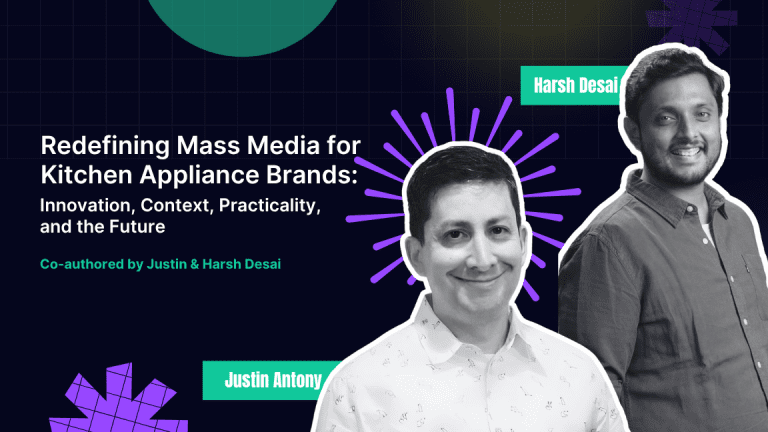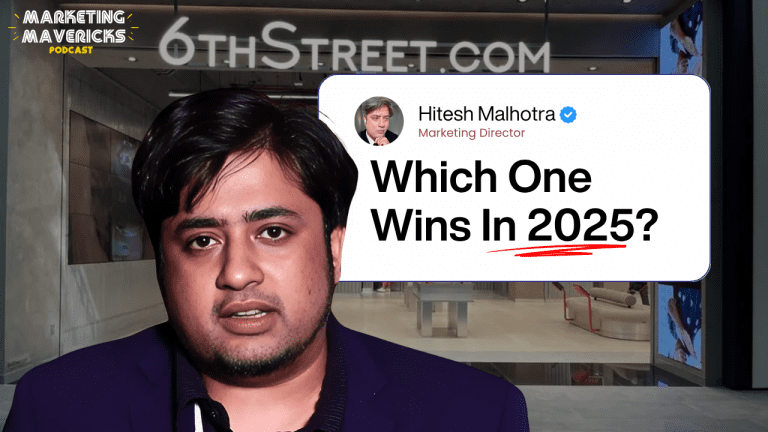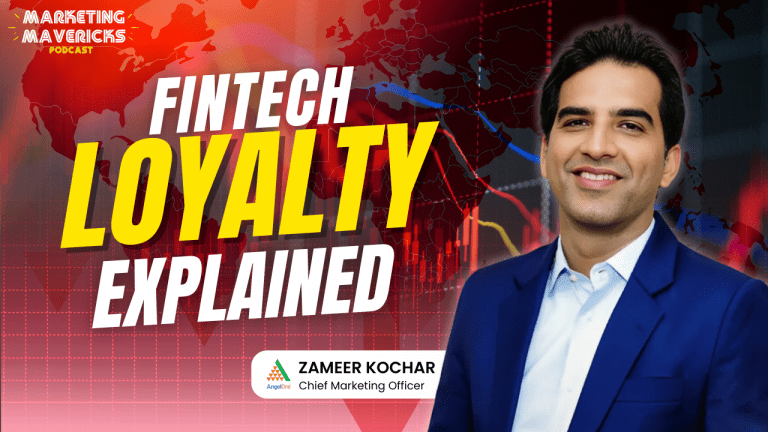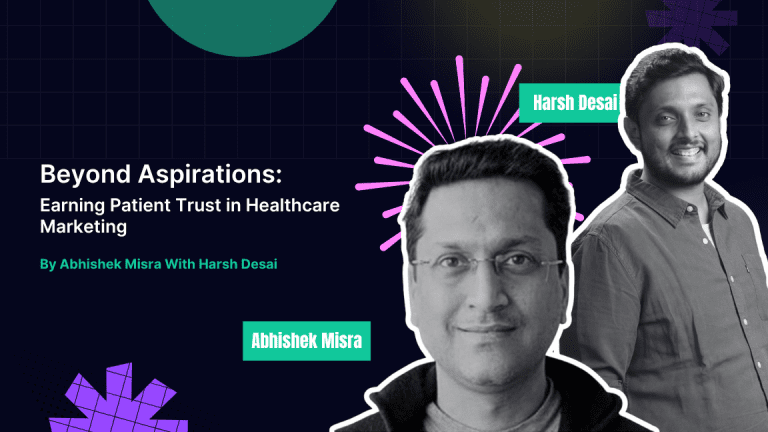The true cost of a failed creative hire is amplified when you augment direct costs with human costs.
- Direct costs range from the costs of hiring, compensation while on the job, investment in employee benefits, and the new search can easily cost you up to two or three times the intended salary.
- Human costs of hiring incompetent creative people involve the people’s morale, stress, wellness, communication, productivity costs, and high employee turnover. While these factors may be intangible, they represent a significant slice of profits at stake.
- Opportunity costs are market and reputational losses that erode competitive advantage, new market opportunities, and brand value.
Whatever the brand of costs at risk, without high-performing creative talent you limit the whole team’s potential while dwindling other resources.
Making the right hiring decisions for your brand need not be left to chance. Think of other business decisions you make every day. Do you invest in that new product, tech system, or marketing campaign without due diligence? How much? At what scale? Each decision is measured with risks accounted for. You gather evidence, assess, and seek clear actionable advice based on precise business needs. Why not the same with hiring creatives?
Common Hiring Myths Debunked
1. More experience = Better Talent
Experience and seniority rarely translate to quality and talent. There may be specialized seasoned professionals who can bring valuable skill sets to the table. But there are pitfalls to thinking this way. There’s an undercurrent of selection bias that puts senior professionals on a pedestal. But by opening your team to freshers seeking exponential learning curves, you can challenge perspectives – a crucial part of how companies handle wins and failures.
2. Selection is unilateral
Often a list of interview questions doesn’t cut it. The questions you ask your potential candidates are as important as the questions they ask you. You hire them for what they bring to the table and they pick you because you fit in their personal context and professional aspirations. Let the selection process flow synergistically for better matches. It’s likely to be more rewarding to both parties.
3. Hiring creative talent is subjective
Every hiring requirement calls for an evidence-based assessment before decision-making. You’ll want to look for an expert in structured, tested, quality-assured, and risk-free methods – people with a track record of increasing successful outcomes.
4. The resume is enough
While a resume is an important document that gives employers a snapshot of people’s profiles, it’s only the tip of the iceberg. However, their resumes may be, appealing or unassuming, and hiring software can rarely assess nuanced value. Assessing proof of work is a far more substantial way to assess skills, competencies, expertise, the required role, and the alignment of both organizational and personal goals.
5. You need one person who can do it all
No one has the expertise to complete all the tasks your creative team needs. Part of the hiring objective is solving the knowledge gap. This is better fulfilled with a diversity of thoughts, ideas, and experiences. You’ll need people with varied skill sets seeking different learning curves. Of course, you can’t have them all on the payroll. This is where agile talent options like talent platforms come in. You onboard one good resource with a pool of all the creative talent you’ll ever need and you’re likely to keep hiring great people for every ‘job-to-be-done.
The principles of successful creative talent hiring
As hiring managers and talent seekers, the objectives are simple. Find talent that will outperform in the market. Recruitment predictions are difficult and many of them fail despite careful deliberation. But it has to be more than a coin toss. You can dramatically increase the probability of successful hiring outcomes by fixing fundamental flaws in the creative latent selection processes.
1. Fact Check
Connect the dots between their background and aspirations and your needs and goals with facts. Use role-specific criteria from objective business analysis of required outcomes. This can help eliminate personal impressions and scientifically sieve out competencies and abilities suited for your business context.
‘Rather than abiding by job descriptions,’ HR Manager at Fractal Ink Pratiksha Doshi advises, ‘we need to look for what the role requires. Does the candidate understand the brief, lead the project, stay communicative and proactive, deliver on time, adapt to changes as we course correct, and so on.’
2. Relevance Check
While assessment models are usually comprehensive, they are generally based on generic models and imprecise job descriptions in the market (strong visual communication skills, proficiency in design tools, and so on). While they make great descriptions they are not specific for predictive analysis of successful outcomes. Precision analysis of immediate results, process checks and audits, future course correction, and situational thinking are dynamic criteria that prove the relevance of hiring in your business context.
3. Streamlining
The vetting process needs a thorough scan in a structured manner. Consider a matchmaking situation where you must find the perfect designer for specific performance demands. It would require you to sift through large amounts of data. Hiring tech can do a part of the job while decision-makers will need to comprehend this data with scrutiny, transparency, and follow-ups.
At IndieFolio, our Account Managers are equipped with the data, expertise, and structures to make effective assessments for specific predictions. The approach avoids large pitfalls and delivers proven scientific results at scale. After our on-demand work with Fractal Ink Pratiksha Doshi also confirms, ‘Any resource hired off the payroll while being repeatably billable is a successful hire.’






